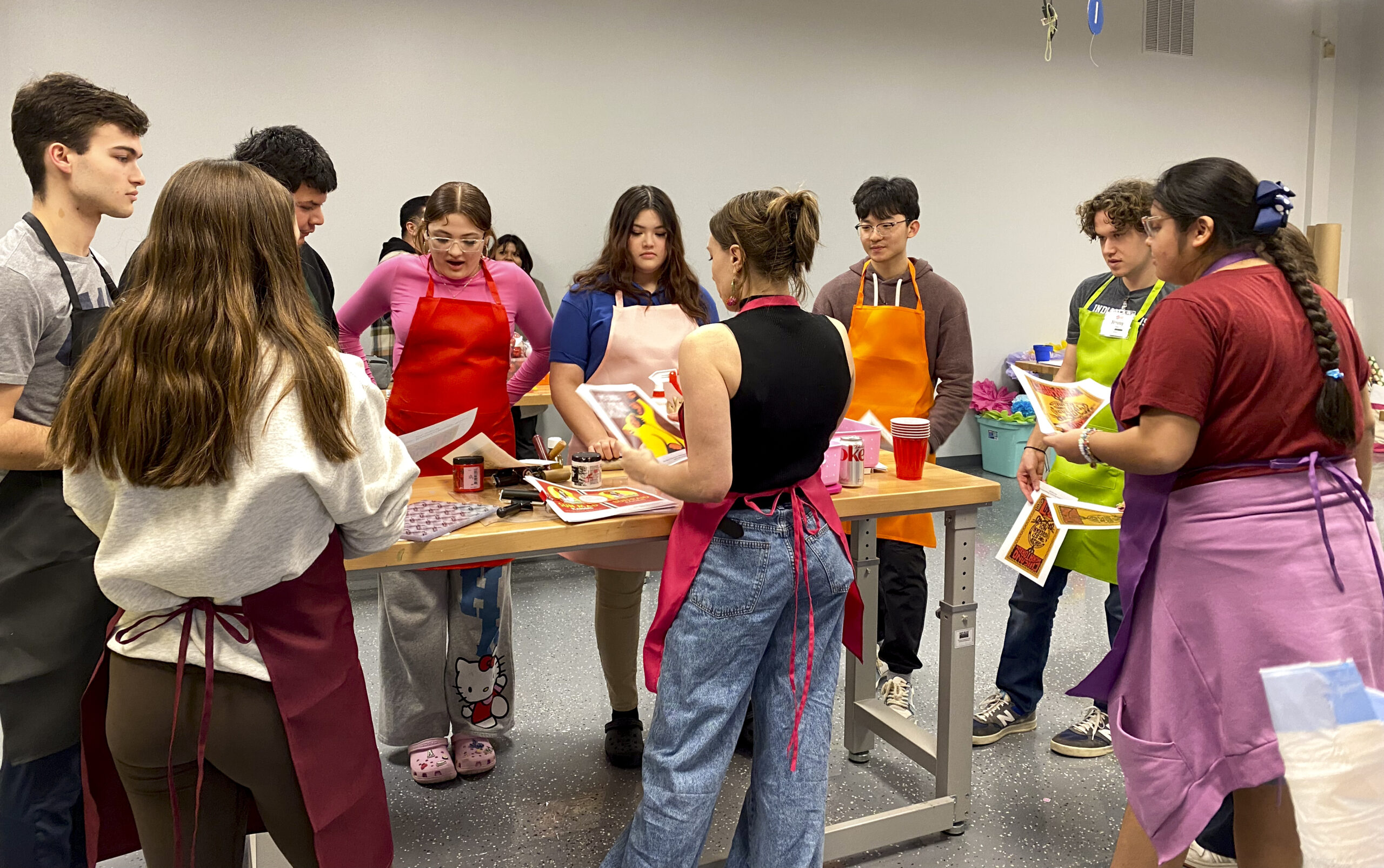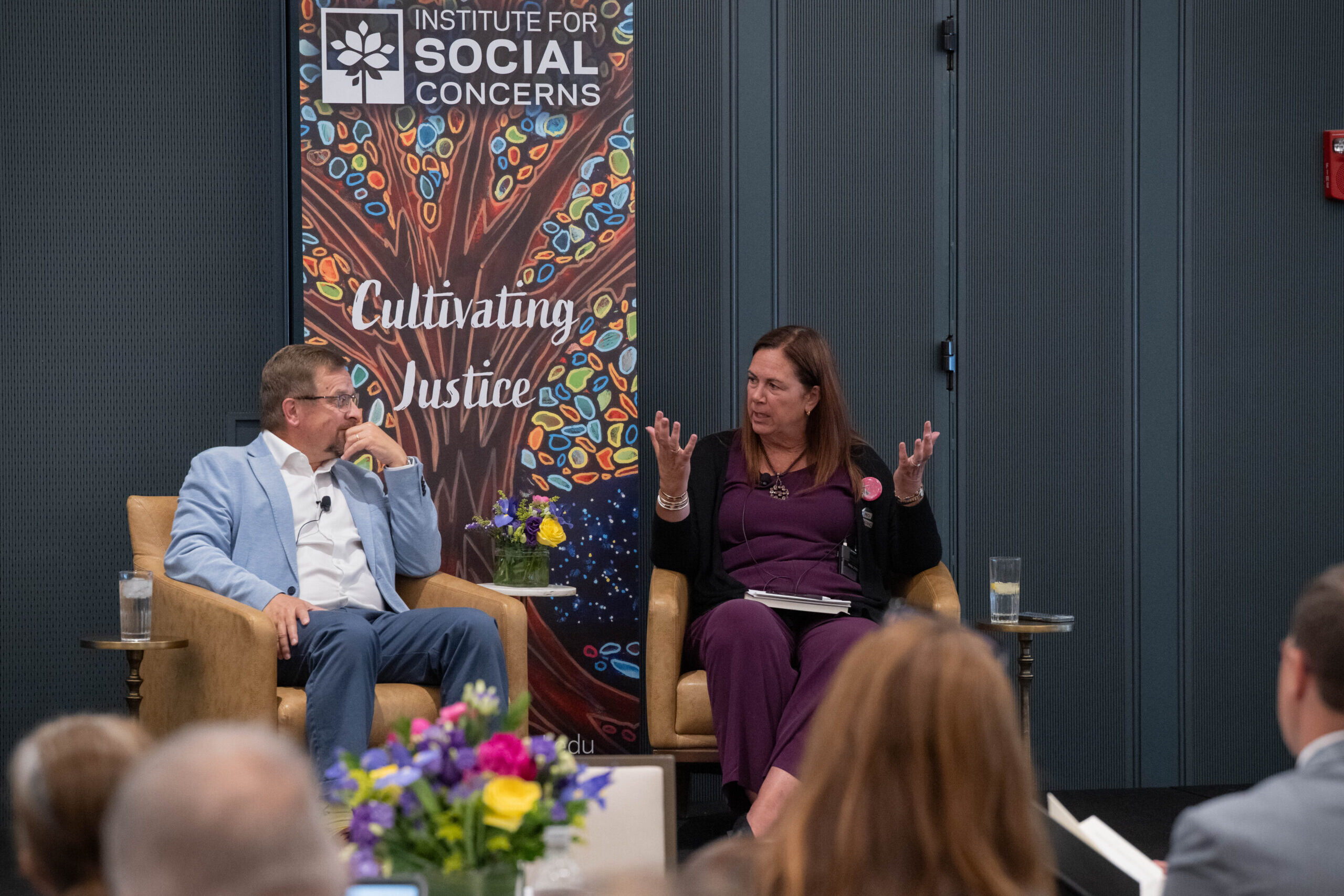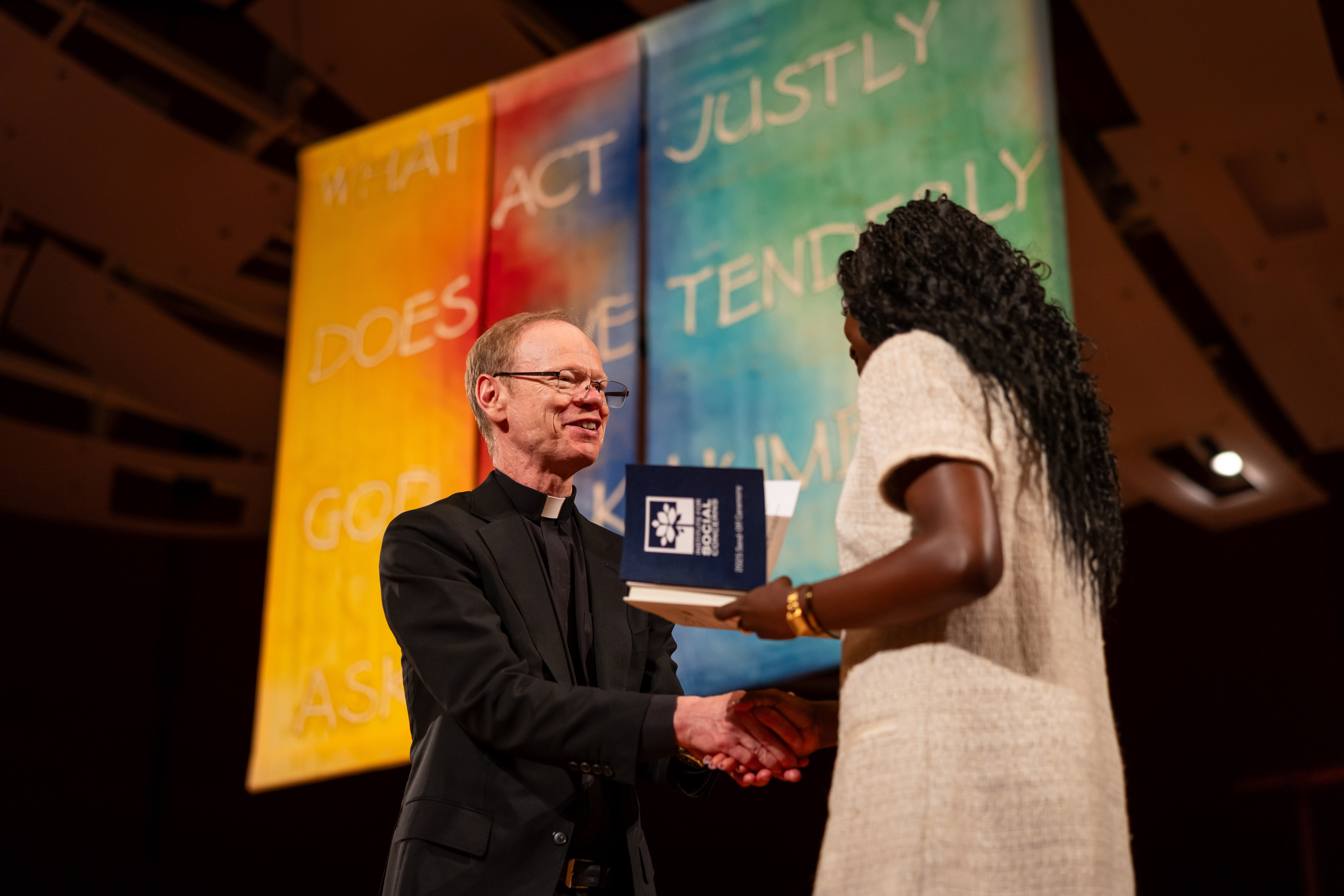Fake or fiction? Computer scientist Walter Scheirer explores the difference in new book
February 12, 2024
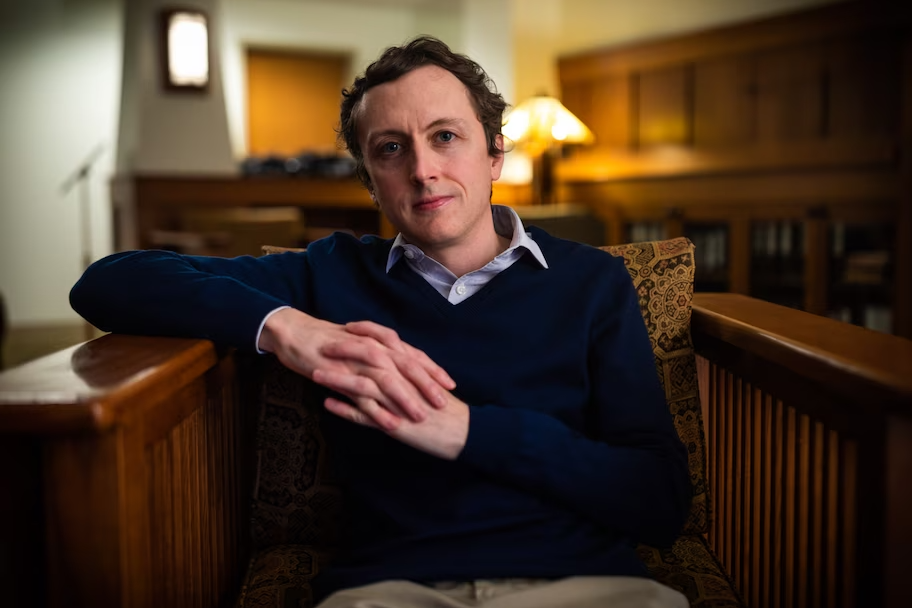
It might seem surprising that a computer scientist would write a history book, but it makes sense when you meet Walter Scheirer.
“I’m an oddball computer scientist,” said Scheirer, the Dennis O. Doughty Collegiate Associate Professor in the Department of Computer Science and Engineering, and a faculty fellow of the Institute for Social Concerns. “I feel like my work is mostly connecting to the humanities and the social sciences.”
In A History of Fake Things on the Internet, published in December by Stanford University Press, he explores the technical and cultural aspects of the fictions we see online and why the phenomenon might not be the apocalyptic crisis that some fear.
Scheirer’s academic research is in the discipline of media forensics — developing algorithms to analyze the integrity of images and videos, and whether they’ve been modified in some way. He uses this engineering expertise in the book, but he takes a wider view by applying what he learned as an undergraduate majoring in international relations and his perspective as a former hacker who’s been noodling with the internet since the early 1990s.

“There’s a lot of messaging from my particular research community in media forensics that we’re going to face this huge burden where you can’t trust any visual evidence — the sky is falling. I sort of believed it in the beginning, but then as years were going by I thought, I’ve never seen a case where there’s a perfect fake image that leads to a crisis,” Scheirer said.
“Yeah, the internet is awash in fake things, but most of it is creative fiction,” he said. “So, I started to put this project together because I thought there’s a more interesting story about all of this.”
In conversations about online fakes, Scheirer said one point of tension that remains from the early 1990s is the idea that the internet is supposed to be a serious place of facts — the information superhighway. But the internet became popular as a creative space, not because of online banking, he said.
“I think there’s a misunderstanding about what the internet was meant to be,” he said. “I think people go into the internet knowing it’s the internet and it’s not supposed to be a literal reality.”
Scheirer’s deep dive into why people make and enjoy fake things on the internet covers a lot of ground — from anthropologist Claude Lévi-Strauss’s analysis of mythical thinking to the media theories of Marshall McLuhan, a historical look at photo manipulation that goes back as far as the invention of the camera, and accounts of the hijinks of early hacker groups with names like Legion of Doom and Cult of the Dead Cow.
As a teenager in the ’90s, Scheirer found the underground hacking scene to be the best source of information about how the internet worked. His encounters with those groups — and their sense of humor — proved to be a key viewpoint for A History of Fake Things on the Internet. The book is dedicated “to hackers everywhere.”
Scheirer said Notre Dame’s support of interdisciplinary collaboration was vital to his work on the book and one of the reasons he wanted to be a faculty fellow of the Institute for Social Concerns.
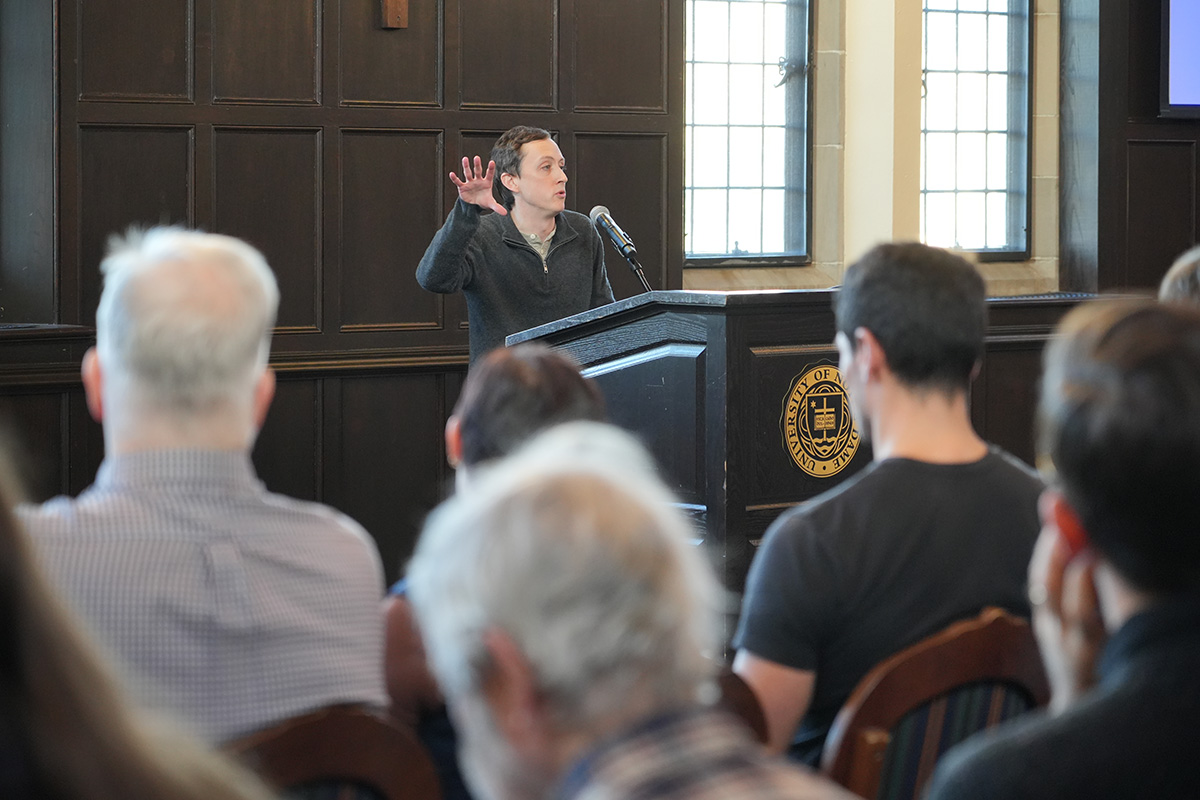
“The Center is a great place for people from different disciplines to work toward solutions for these really tough social problems,” he said.
The Center’s roots in Catholic social teaching are relevant to his work, too.
“A lot of my recent work has been about ethics and technology and trying to create a better framing for it,” Scheirer said. “Catholic social teaching is a really good path forward because CST was originally a response to changes in technology — the Industrial Revolution in the 19th century. So, it already is the right place to go if you’re thinking about technology.”
Scheirer is currently working on another book, Virtue in Virtual Spaces: Catholic Social Teaching and Technology, with Megan Levis, assistant professor of the practice at the Institute for Social Concerns, and Louisa Conwill, a Ph.D. student in computer science and engineering. The book draws on virtue ethics and Catholic social teaching to demonstrate the potential goodness of technology, and uses eight of the main themes of Catholic social teaching to provide a structure for using and designing technology to promote human flourishing.
Scheirer, Levis, and Conwill will talk about their book next month at “Catholic Social Tradition and Technology: Reimagining the Internet,” a conference that SPIRE: The Global Catholic Social Tradition Network is hosting at St. Xavier College in Mumbai, India. SPIRE, which is housed within the Institute for Social Concerns, has held similar conferences in Rome, London, Jerusalem, and Galway, Ireland, over the past five years to build an international community of researchers and practitioners who can consider ways to apply the Catholic Church’s social teaching to concrete social problems that communities face around the world.
There is overlap between A History of Fake Things on the Internet and Virtue in Virtual Spaces in that both books talk about communities.
“The internet is really good at bringing people together, even though we typically think of it as this divisive, alienating technology,” Scheirer said. “When the internet is working well, it’s actually bringing people together.”
Related Stories
-
Summer of Social Concerns—students engage in justice research around the globe
-
Printmaking history—the institute partners with community to celebrate South Bend’s Latino heritage
-
Forming character through friendship—Virtues & Vocations conference promotes human flourishing in professional education
-
Go be justice—Sending off graduates to work for the common good
-
ReSearching for the Common Good: O. Amandhi Mathews


